Eastern Phoebe: question re: fledgling birds' first flight from nest
niles1
8 years ago
Featured Answer
Sort by:Oldest
Comments (64)
niles1
6 years agoctlady_gw
4 years agolast modified: 4 years agoRelated Discussions
Eastern Phoebes
Comments (10)Dawn, believe it or not I do have peach colored ornaments. Nothing traditional for me. My peach tree is sterile so the only thing I have is web worms which have already started. I refuse to have the tree sprayed so I will take my little torch and have a web worm barbque. That is how my grandfather did it and he never lost his trees or burned anything he was not suppose to of course I was always on garden hose watch. I got where I would get my tomatoes just before ripe and put them in the kitchen and let them ripen indoors. The mockers were not eating them, just pecking like they were playing. The problem seems to be they figure out which are ornaments and which are tomatoes, according to some of the garden lore, so you have ornaments hanging and the tomatoes are stilled pecked up. The mockingbird goes back to the same area where they were born to raise their little ones, so you end up with mockers that are like family members. I have one that meets me each morning before I leave for work and flutters around while I do garden inspection. Then each evening he is back by the backdoor waiting on me. Guess I have a pet and dont know it. MH: I did not have any cardinals for years. I started putting song bird food out all through the year and now they make morning runs and evening runs to the feeder. Cardinals are very picky about where they eat. They are not big on the usual bird feeder but prefer the saucer type that is hanging from the trees or poles. I also put my feeders in the shade with quite a bit of shrubs and a large tree nearby, they feel better protected. I also have a shallow bird bath for all the birds. My father was a bird watcher and raised birds so I got a some data from osmosis from him. If you give them the right set up they will eventually show up, it may take a while, but it is worth it. I have had as many as 5 males at one time eating and fluttering around. Oh, I did notice, dont hang your hummer feeders close to your regular feeders. The hummers in my area seem to be very aggressive and run the other birds off, well, not the jays or the mockers, but they are really not your usual bird. Oh, yeah, bird feed they seem to like: small oil sunflower seeds or the song bird mix you get at the old wally world seems to be the diet of choice. Well, that was probably more than you wanted to know, but I got on a roll and Dawn and Susan can tell ya sometimes I do go on. Happy gardening and bird watching. Steffie...See MoreBird Recognition Of Other Birds
Comments (8)konrad: Thanks. I've noticed quite a few red-tails sitting in trees on the side of Route 1 in Chester County, PA (Route 1 is a 4-lane lightly used road here). The hawks stare into the grass median, and when they see something, they are quite focused on their prey. In fact, I had to slow down to miss one that was flying into the median. Claire: I remember reading a post here about bluebirds going to a window to ask for food. That was when I first started watching the birds. Well, I thought it was someone's imagination--until I realized it wasn't. There was a time when a mother mockingbird kept screaming at me until I chased a cat from near her nest. When I was feeding the birds regularly, the white-throats, upon seeing me, would jump up from the brush, land in the bushes, and sing to me. Probably the most amusing was when the male and female red-bellied woodpeckers--whom I always call red and rosie--landed in a tree on the side of the house and started shouting at me. I looked at the feeder with mixed nuts and saw it was empty. Once I filled it with their mixed nuts (they like the white ones and always search for them), they left me alone and ate their nuts. Here is something you may wish to try with mockingbirds. While in the yard, I may discover a mockingbird nest by observing the parents repeatedly going towards the same general area. The parents will first land on a nearby branch and look at me. This is where I must obey their rule. When the parent looks at me, I must turn away from the parent. I usually turn my back to them. Then, the parent heads for the nest and I hear the happy chirp of the chicks being fed. I don't know if this is a learned mockingbird trait or if it is instinct. However, the parent will fly away unless I look away while they go to the nest. I've been obeying their rule for years now....See MoreHow to Stop Birds From Building Mud Nests on My Front Porch
Comments (110)Robins are birds that I enjoy viewing, but not as they try to build nests under our porch lights which are on both sides of an area right by our front entrance door. For three days my husband has removed the straw, twigs, etc in order to prevent a completed robin's nest. They put the straw, twigs, etc. up, he takes them down immediately. Today after reading these posts, I sprayed the area with ant and roach spray that I use when the ants try to visit too close to our outside walkway. Two robins just came with straw in their mouths, but they flew away. I hope this is a long-term solution. This is the first time that we have had this problem in the nineteen years that we have lived here. I am already tired of the mess on our porch and the potential health hazard presented if the robins succeed in building a permanent nest. We have plenty of trees that the birds usually choose for their nests and are still quite welcome to do so. However, why our porch this year is a puzzle. Thanks to all who have posted for their solutions. To the haters, because one does not want a bird's nest in an area that he/she frequently uses in his/her home, does not label the person as an animal hater. Why should my quality of life be compromised daily upon trying to enter my home for the sake of a bird's nest? The answer is that it shouldn't and will not. We will win this fight and reclaim our safety and keep our good health....See MoreFrom Carolina Wren To Eastern Phoebe
Comments (17)There are several little beaks bobbing and weaving in the nest. Mother and Father Phoebe are feeding them together. One of the parents--looked like Father Phoebe--served up a bug with its wings still on. Father Phoebe was working with the bug for some time. When he delivered it, the bug's body was facing towards Baby Phoebe. Baby Phoebe gulped it down with no complaints. Both parents stand together on the stamped concrete under the deck. They constantly scour the walls of the house for bugs. Now and then, they go up to the nest for a look-see. I haven't figured that out. Maybe looking for fecal sacs? Anyway, I can gawk all I want at this little family and they cannot see me....See Moreniles1
4 years agojennifer Frost
4 years agocatherinet
4 years agoniles1
4 years agocatherinet
4 years agoniles1
4 years agoIn10sitty
4 years agoctlady_gw
4 years agolast modified: 4 years agojennifer Frost
4 years agoniles1
4 years agosusanzone5 (NY)
4 years agolast modified: 4 years agoctlady_gw
4 years agolast modified: 4 years agoctlady_gw
4 years agoIn10sitty
4 years agoniles1
4 years agosummeresque
4 years agoniles1
4 years agoctlady_gw
4 years agolast modified: 4 years agojennifer Frost
4 years agojennifer Frost
4 years agosummeresque
4 years agoniles1
4 years agoClifton Lyons Design
3 years agoniles1
3 years agoAlex Zelli
3 years agoAlex Zelli
3 years agolast modified: 3 years agoLinda Lyons Creative Design
3 years agoAlex Zelli
3 years agojennifer Frost
3 years agoniles1
3 years agoHU-482959753
3 years agoHU-482959753
3 years agojennifer Frost
3 years agoSusan Thomas
3 years agoniles1
3 years agoanniesjacuzzi
3 years agosillycat41
3 years agojennifer Frost
3 years agoLinda Lyons Creative Design
3 years agosillycat41
3 years agoPaula Kipke
3 years agoHU-369917800
3 years agoLinda Lyons Creative Design
3 years agoniles1
2 years agoctlady_gw
2 years agoniles1
2 years ago
Related Stories
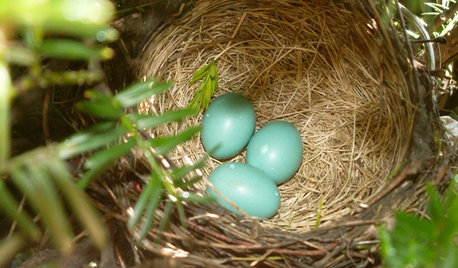
GARDENING FOR BIRDSWhat to Know About Birds Nesting in Your Yard
Learn how to observe, record data and help ornithologists with NestWatch’s citizen science project understand bird trends
Full Story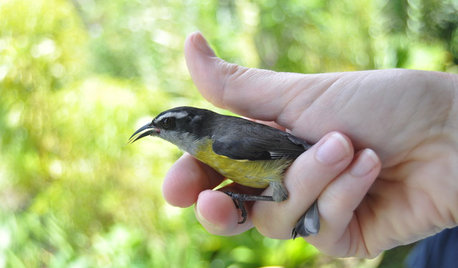
GARDENING FOR BUTTERFLIESBring on the Birds: Natural Habitat Ideas for Gardens of All Sizes
Provide nesting, watering and perching spots inspired by the Costa Rican jungle and watch the birds flock on over
Full Story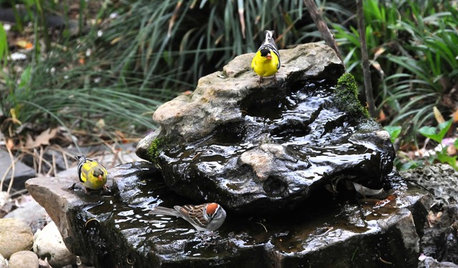
OUTDOOR PROJECTSBring In the Birds With a Homemade Bubble Rock
An avian expert from Southern Indiana shows how to make a burbling fountain that migrating birds will love
Full Story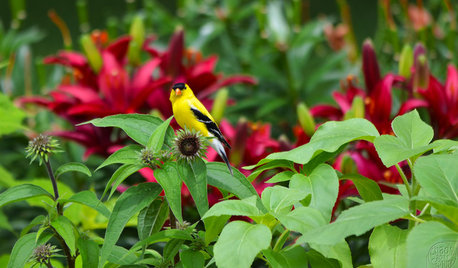
GARDENING GUIDESBackyard Birds: How to Care for American Goldfinches
The American goldfinch is a bright-in-the-summer visitor and one of the only vegetarian songbirds. Here's how to give them a healthy habitat
Full Story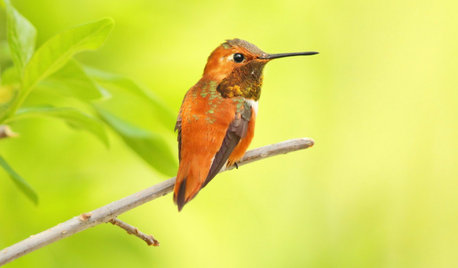
GARDENING GUIDESBackyard Birds: Invite Entertaining Hummingbirds Into Your Garden
Hummingbirds — unique to the Americas — zip through open landscapes seasonally or year-round. Here’s how to attract them
Full Story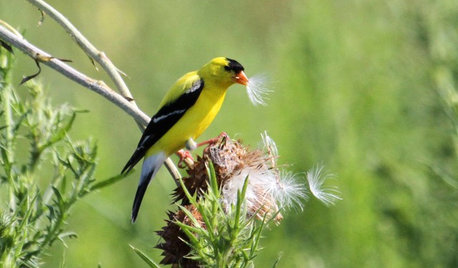
GARDENING FOR BIRDSWild Birds Transform a Woman’s Garden and Life
How Sharon Sorenson created a wildlife haven and became the Bird Lady of Southern Indiana
Full Story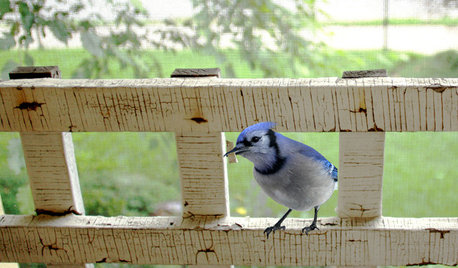
GARDENING FOR BIRDSBackyard Birds: Meet Some Clever and Curious Jays
Boisterous jays provide plenty of backyard bird-watching in winter. Here’s how to identify all the varieties and welcome them into your yard
Full Story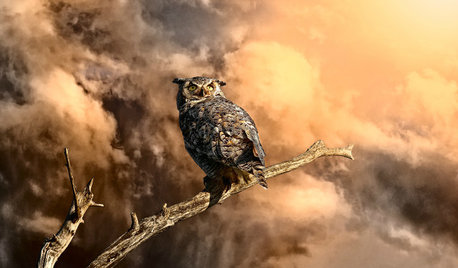
GARDENING GUIDESBackyard Birds: Go Owling in October
These stealthy nocturnal hunters fill North American skies with their quiet wings and distinct calls
Full Story
GARDENING GUIDES13 North American Backyard Birds to Know
Find out about these enchanting native species and learn how to attract them to your yard
Full Story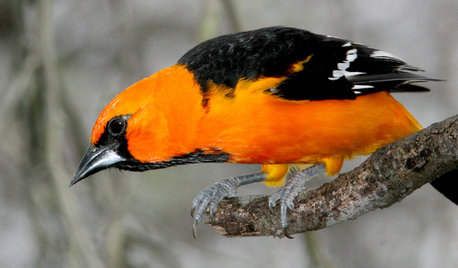
GARDENING GUIDESBackyard Birds: Orioles Return After Spending Winter in the Tropics
These colorful songbirds prefer woodlands and forest edges, but they’ll visit yards with fruit-producing trees and shrubs
Full Story


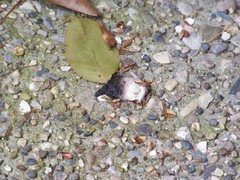
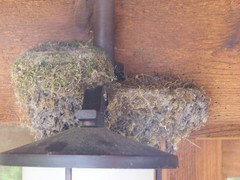
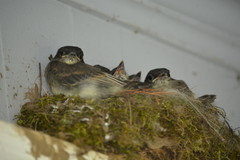
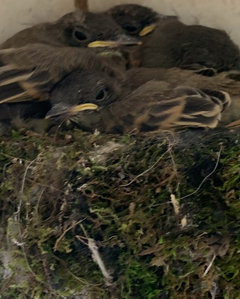
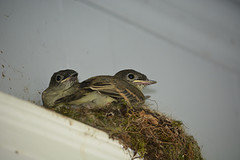
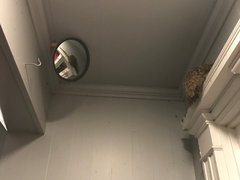
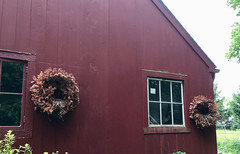
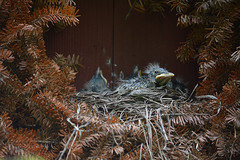

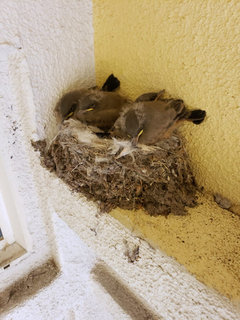
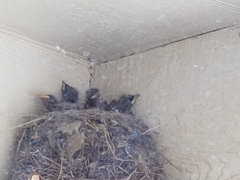
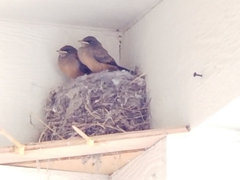
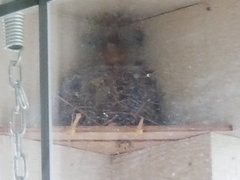
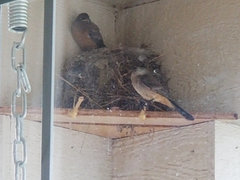
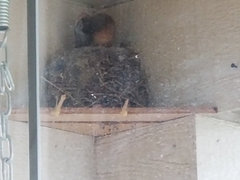
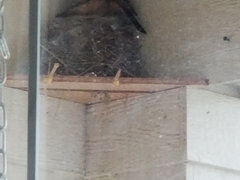
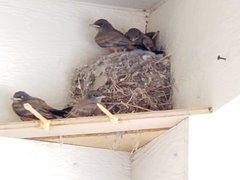
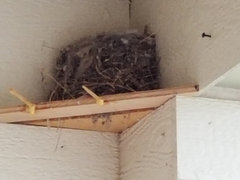
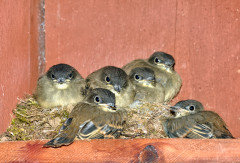
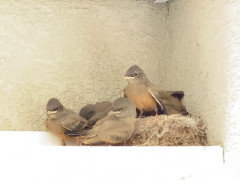

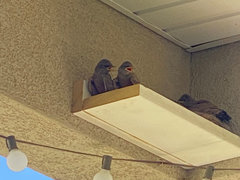

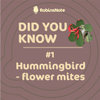
whwo